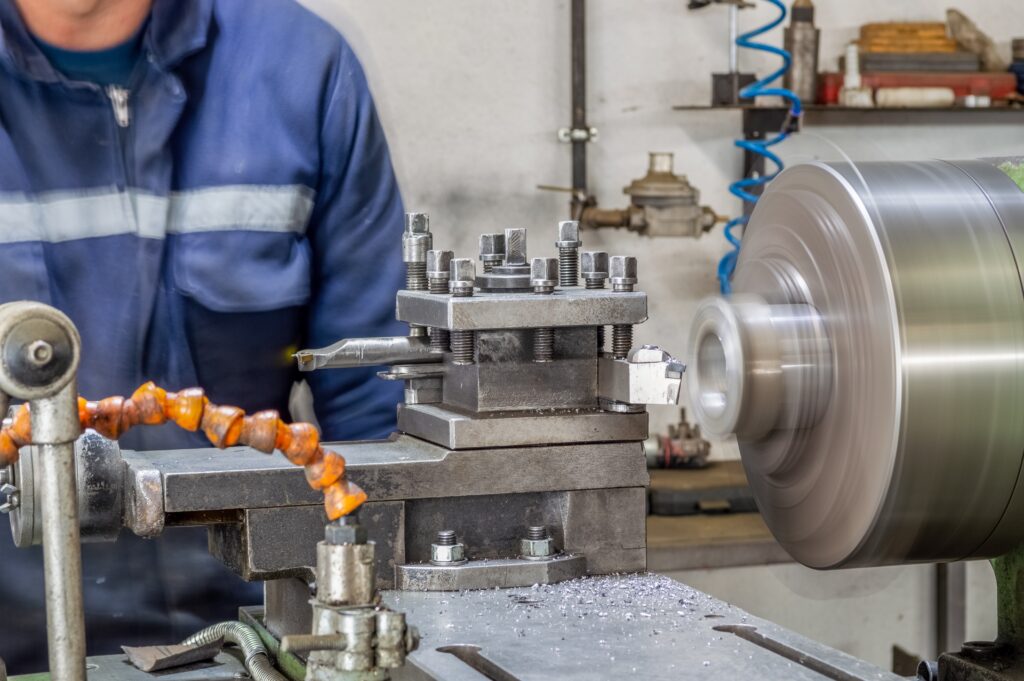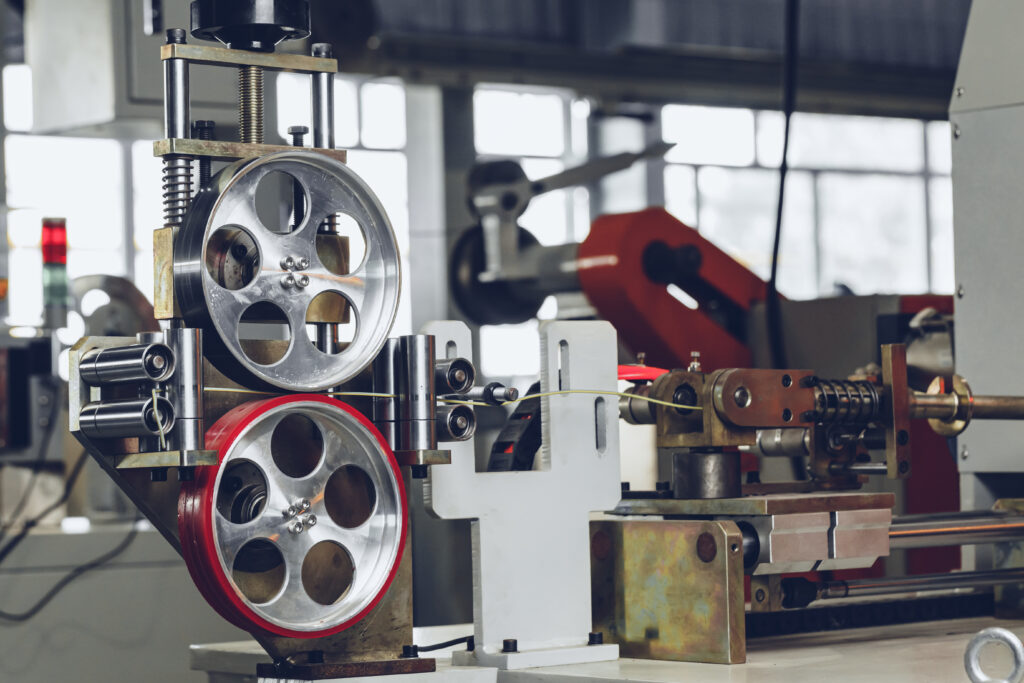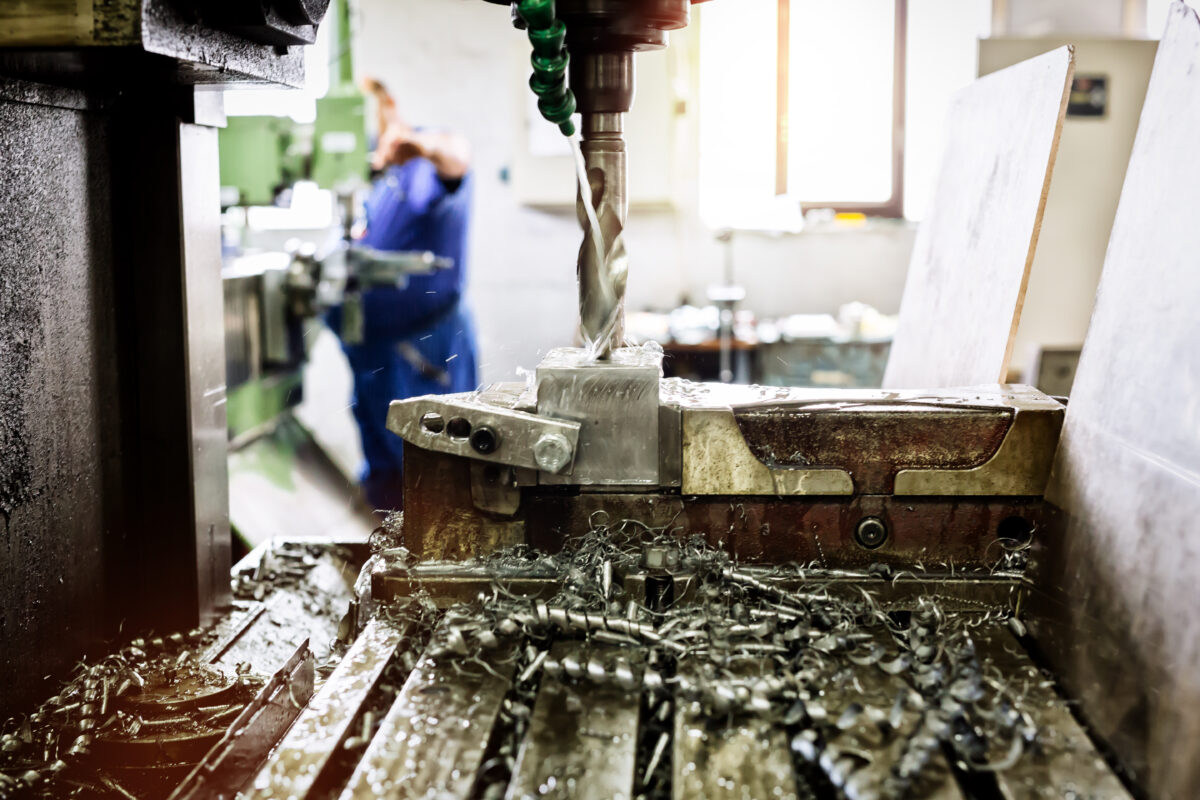The line clearance process ensures a production line is free from remnants of the previous product or process, setting the stage for a seamless transition to the next production run.
This article explores the nuances of the line clearance process, from meticulous preparation to documentation and verification, providing manufacturers with insights to optimize their operations.
How to Conduct Line Clearance in 3 Steps

Manufacturers operate in a dynamic environment where efficiency and precision are non-negotiable. The process of line clearance is a critical component in achieving these objectives.
It involves the careful removal of materials, tools, and documentation from the production line, creating a clean and controlled environment for the upcoming production run.
In essence, line clearance is the bridge that connects one production cycle to the next, ensuring a smooth and contaminant-free transition.
Step 1 – Preparing for Line Clearance
The line clearance process begins with meticulous preparation. This involves scheduling downtime, notifying personnel, and ensuring that all necessary materials for the next production run are readily available.
Thorough planning is essential to minimize disruptions to the overall production schedule. It is during this phase that personnel responsibilities are assigned, roles are clarified, and the groundwork is laid for a coordinated line clearance process.
Step 2 – Execution of Line Clearance
With the preparation complete, the actual execution of line clearance takes center stage. This is a systematic process that involves the removal of residues and verification of cleanliness on the production line. Each team member plays a crucial role in this phase, contributing to the overall success of the clearance process.
Effective communication and collaboration are paramount to ensure that the clearance is thorough, leaving no room for potential contaminants that could compromise the quality of the next production run.
Step 3 – Documentation and Record-Keeping
Accurate documentation is the backbone of effective line clearance. This includes recording details such as personnel involved, time taken for clearance, and any deviations from standard procedures. The documentation serves multiple purposes, including:

- Providing a transparent record for compliance purposes,
- Contributing to the traceability of the manufacturing process,
- Acting as a valuable resource for continuous improvement initiatives
Well-maintained records also facilitate audits and inspections, ensuring that manufacturers meet regulatory requirements.
Build Your Line Clearance Check List With FAT FINGER
With features like a Drag & Drop Workflow Builder, Integrated Dashboards, Augmented Reality capabilities, and the ability to Connect IoT Devices, FAT FINGER revolutionizes line clearance, for overall manufacturing excellence.
FAT FINGER’s intuitive interface empowers personnel to conduct thorough inspections, record data, and identify issues promptly.
The Drag & Drop Workflow Builder allows manufacturers to customize inspection workflows to match their unique processes, enhancing adaptability.
The integration of Augmented Reality offers enhanced visualization, while IoT device connectivity ensures a holistic approach to line clearance and inspection.
Additionally, FAT FINGER incorporates Artificial Intelligence Coaching for valuable insights and overall operational excellence.
By leveraging FAT FINGER, manufacturers can enhance the efficiency and accuracy of their material inspection processes, aligning seamlessly with the goals of effective line clearance.


